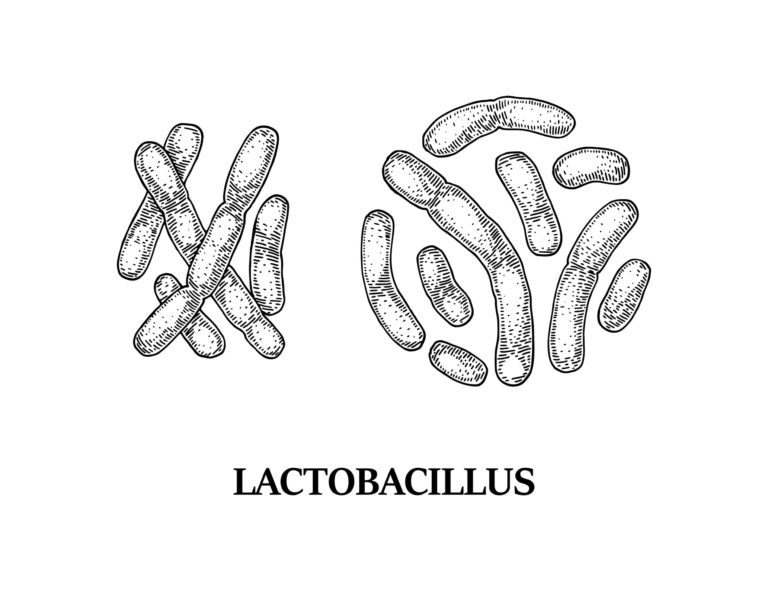Gum disease is a common problem for Americans. It can lead to tooth loss and other serious medical problems if left untreated. Since it is such a prevalent problem, there are a variety of treatment available to carefully manage the disease. Recently, the use of probiotics has been suggested by researchers as a potential way to help manage gum disease. Probiotics are living microorganisms that serve specific purposes in the body. This blog post discusses how probiotics may be able to help prevent or treat gum disease, as well as some of the benefits of using this treatment option.

What are Probiotics?
Probiotics are living microorganisms (bacteria and yeasts) that have health benefits when consumed in food or supplements. They are commonly referred to as “good” bacteria since they help the body to fight off disease-causing, or “bad” bacteria. Although probiotics are primarily known for their value in managing digestive issues, they have also been found to benefit the skin, lungs, urinary tract, and mouth.
There are many different types of probiotics, however lactobacilli have been found to benefit oral health. For starters, this bacteria can survive in saliva, as well as on the surface of the teeth and gums. There are different species of lactobacilli found in saliva, including:
- Lactobacillus acidophilus
- Lactobacillus casei
- Lactobacillus fermentum
- Lactobacillus gasseri
- Lactobacillus plantarum
- Lactobacillus reuteri
- Lactobacillus rhamnosus
- Lactobacillus salivarious

How Probiotics Can Treat Gum Disease
Gum disease is characterized by chronic inflammation of the gums as a result of excess bacteria. This disease can be caused by poor dental hygiene, which leads to plaque buildup along the gum line. Since plaque houses bacteria, excess plaque buildup allows the bacteria to infect the gum tissue. If left untreated, this condition will lead to bone loss and tooth loss in extreme cases.
Research has found that people with healthy gums tend to have higher amounts of L. gasseri and L. fermentum in the oral cavity compared to individuals with chronic periodontitis. Other research has found L. gasseri and L. fermentum to be capable of inhibiting the growth of the bacteria that cause gum disease. Both of these findings suggest that the use of probiotics can be beneficial among those with gum disease.
Other studies have tested the efficacy of L. reuteri in chewing gum and L. brevis in lozenges. While these studies showed a reduction in the amount of plaque and a general overall improvement in the short term, researchers noted that more research is needed on the long term effects. Nevertheless, research suggests that probiotics may help slow or even prevent gum disease from occurring, which warrants further exploration.
Even though the use of probiotics may prove to be an effective way of treating gum disease, at this time the idea is still being evaluated by researchers. Currently, the most effective prevention and treatment method for gum disease is to practice good oral hygiene such as brushing, flossing, and scheduling regular dental cleanings. The use of probiotics should never be used as a replacement for good oral hygiene.
To Sum it All Up
The best way to improve your gum health is by practicing good oral hygiene. However, this blog post has explained new research that has found the use of probiotics to be potentially effective in preventing or treating gum disease. While more research is still needed, probiotic use may be another way to decrease the risk of gum disease.




